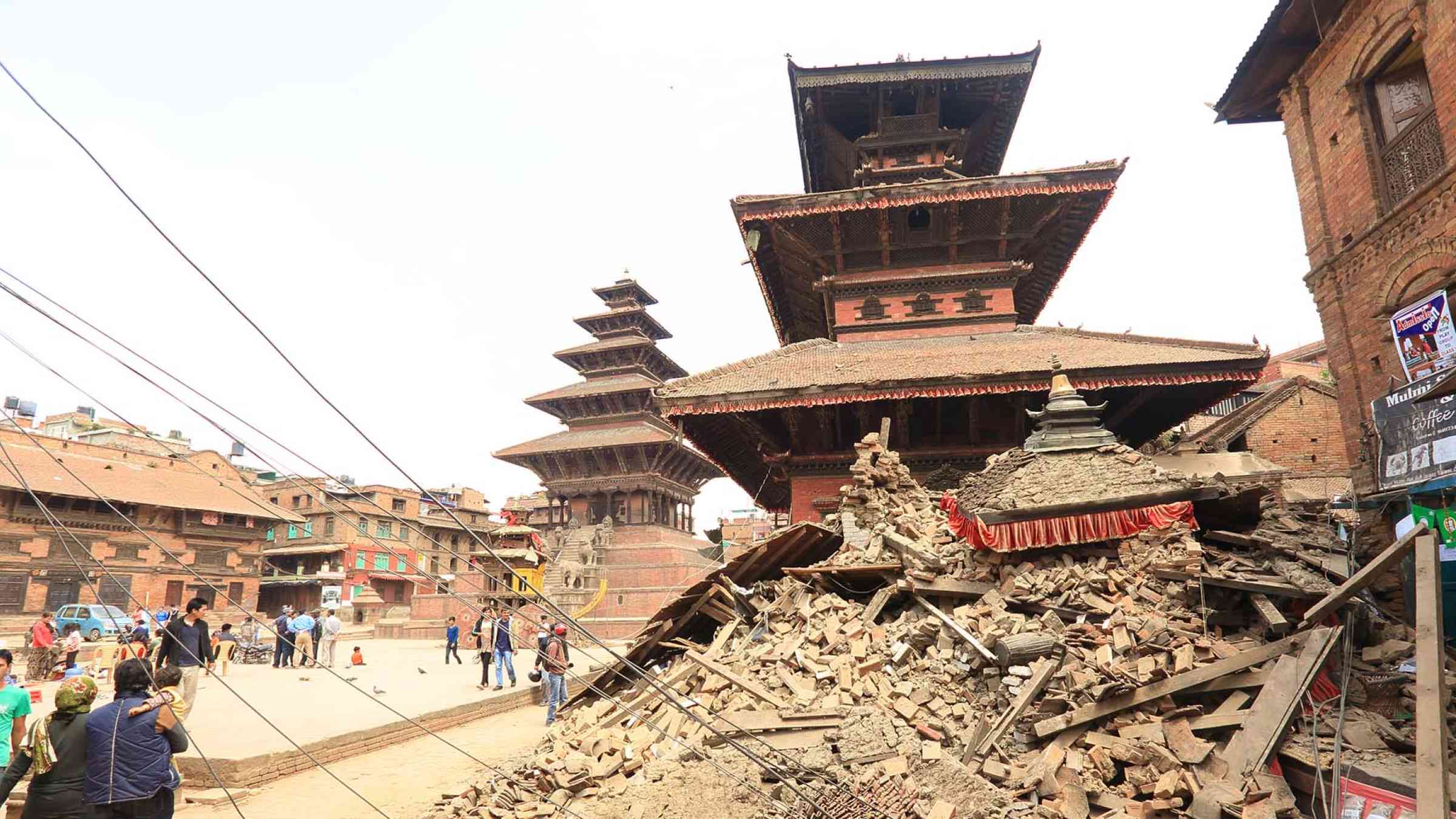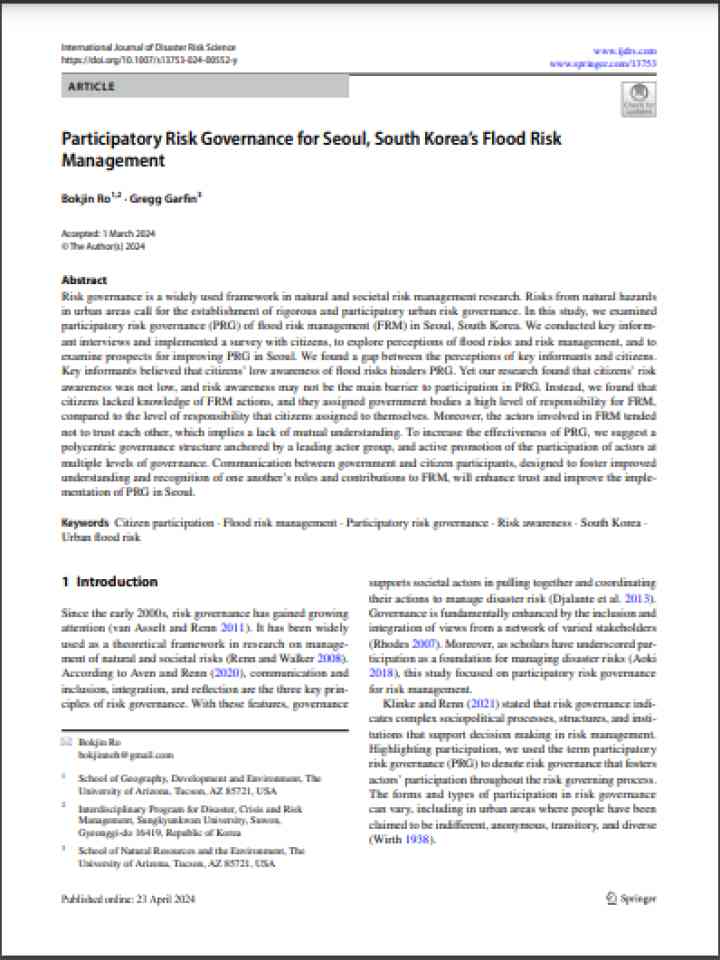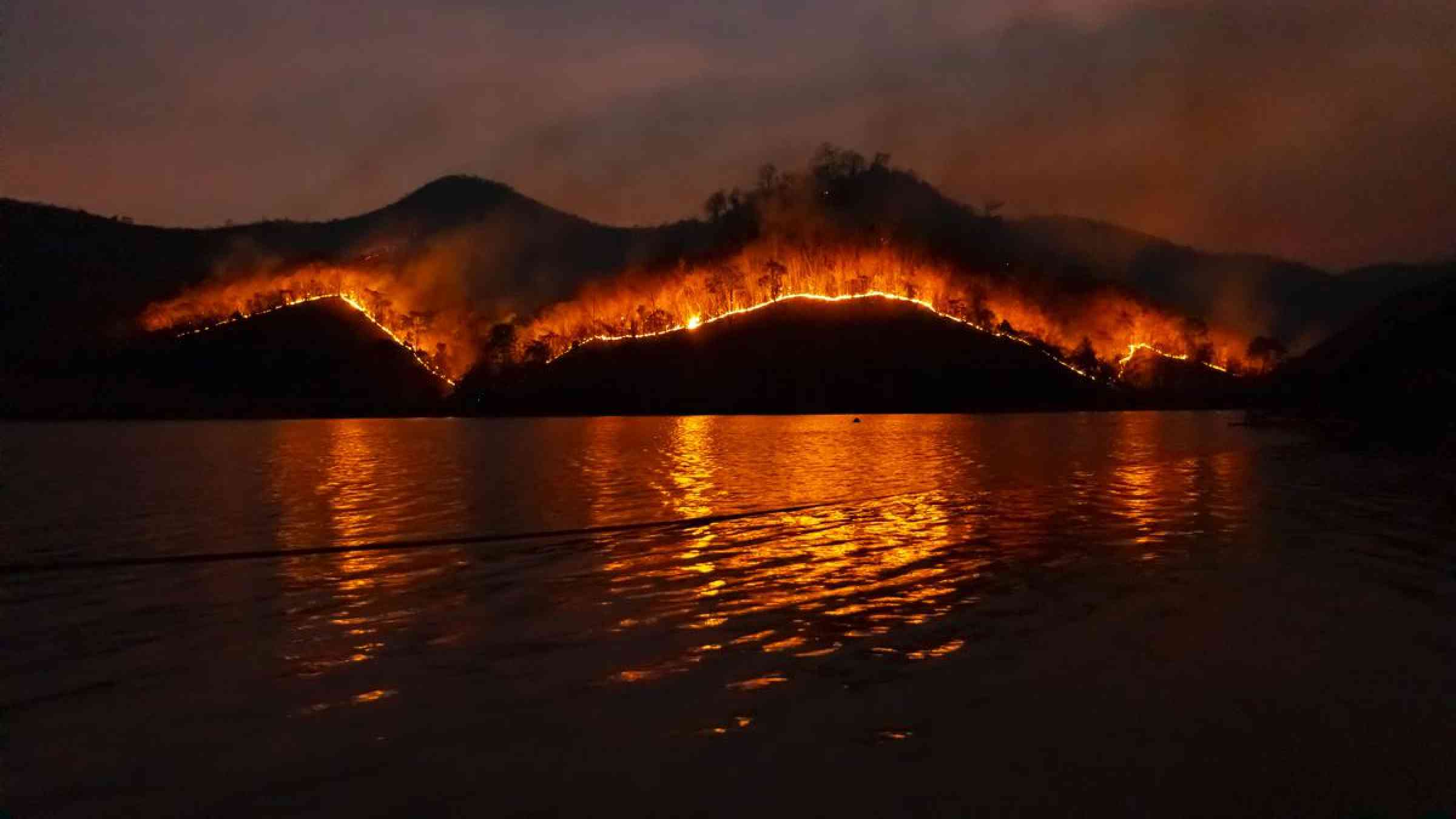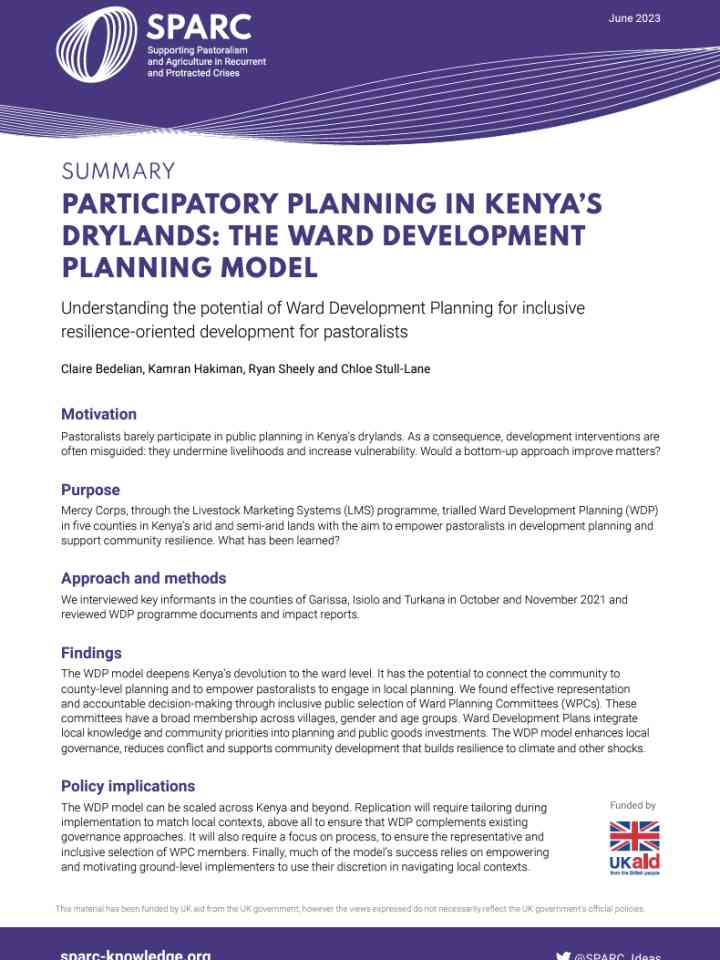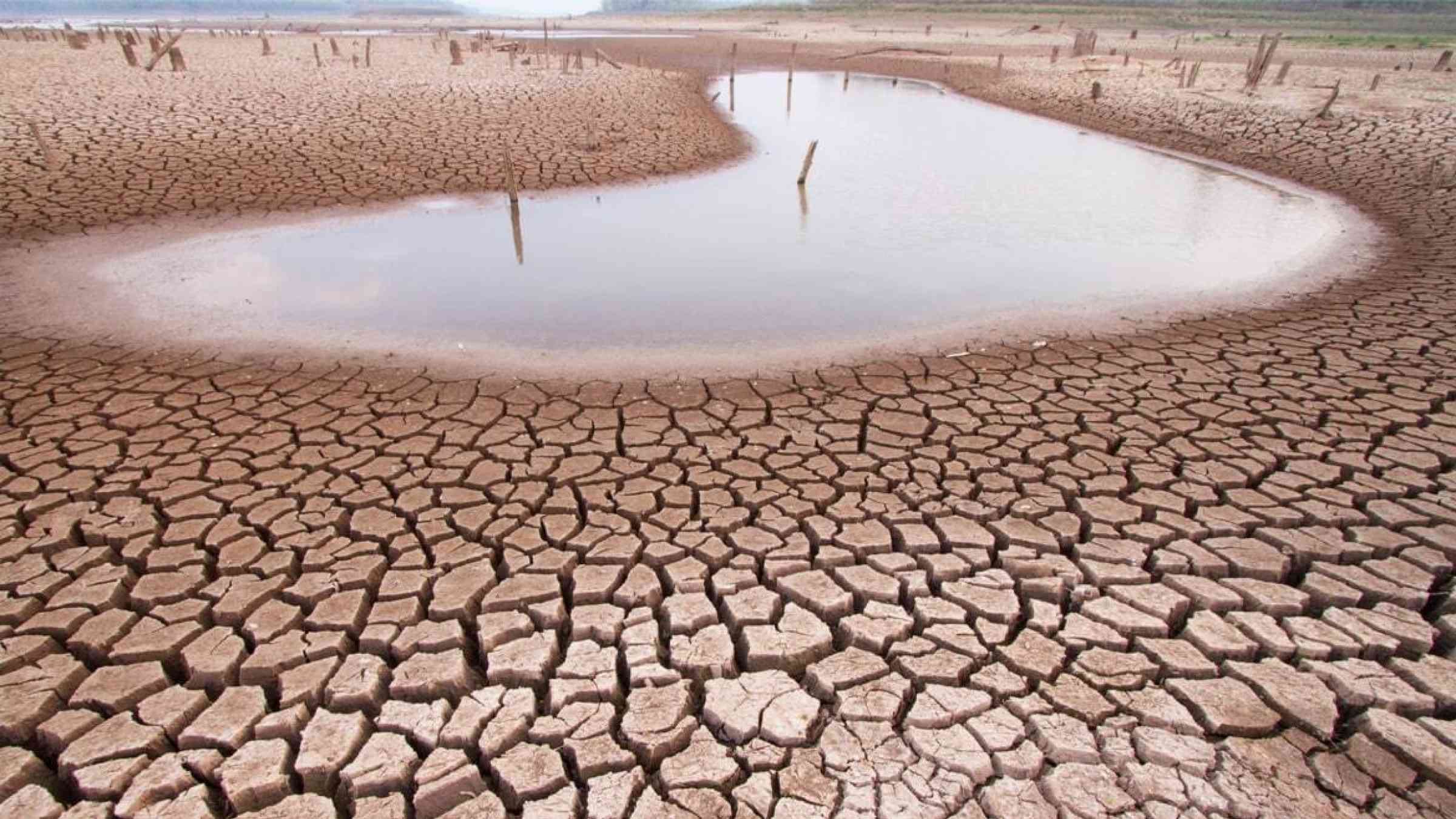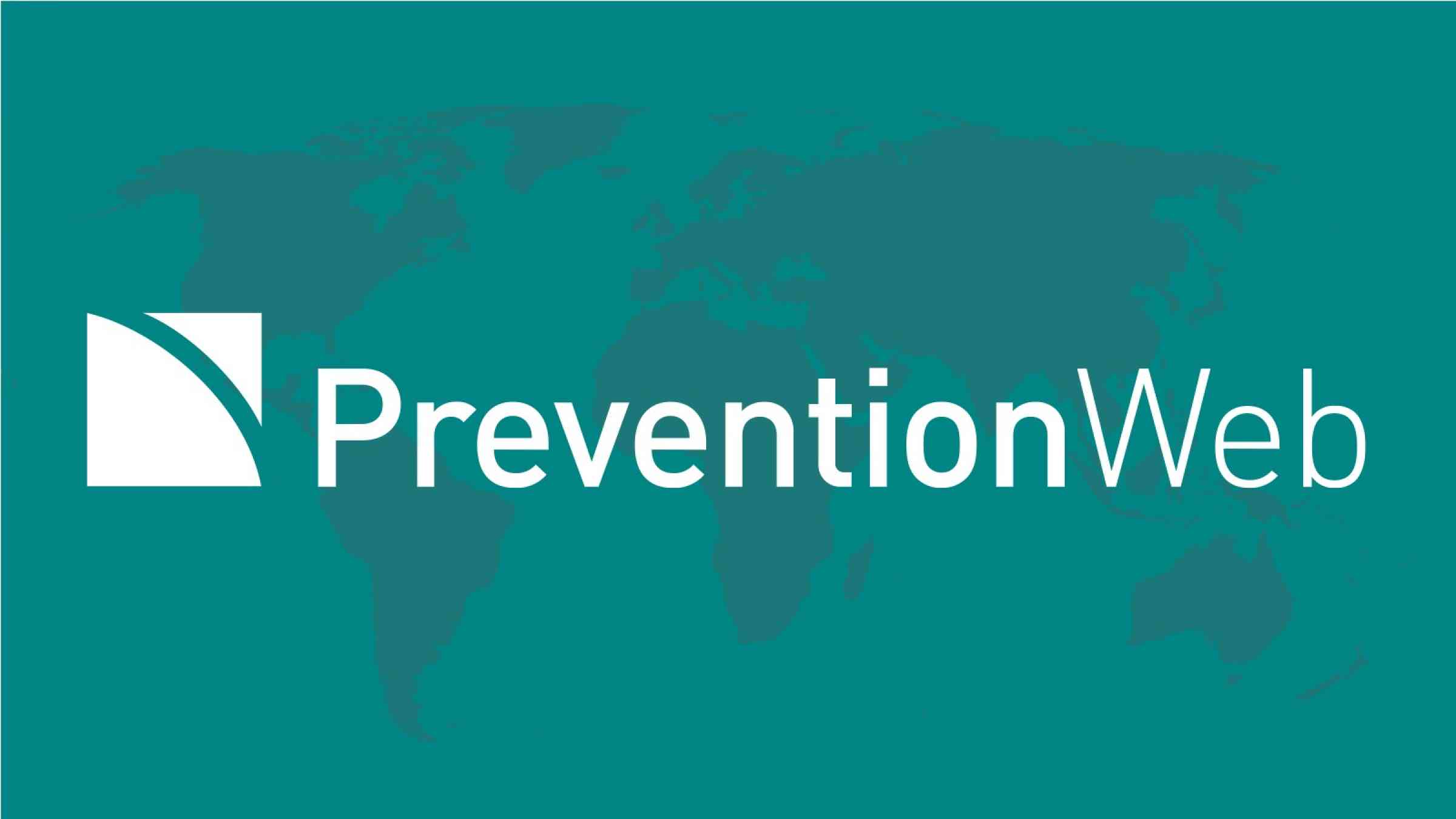Governance
The institutional structures and processes that drive decision-making and management of DRR programs at regional, national and local level. This theme also includes institutions, legislations, policies and coordination mechanisms such as regional and national platforms.
